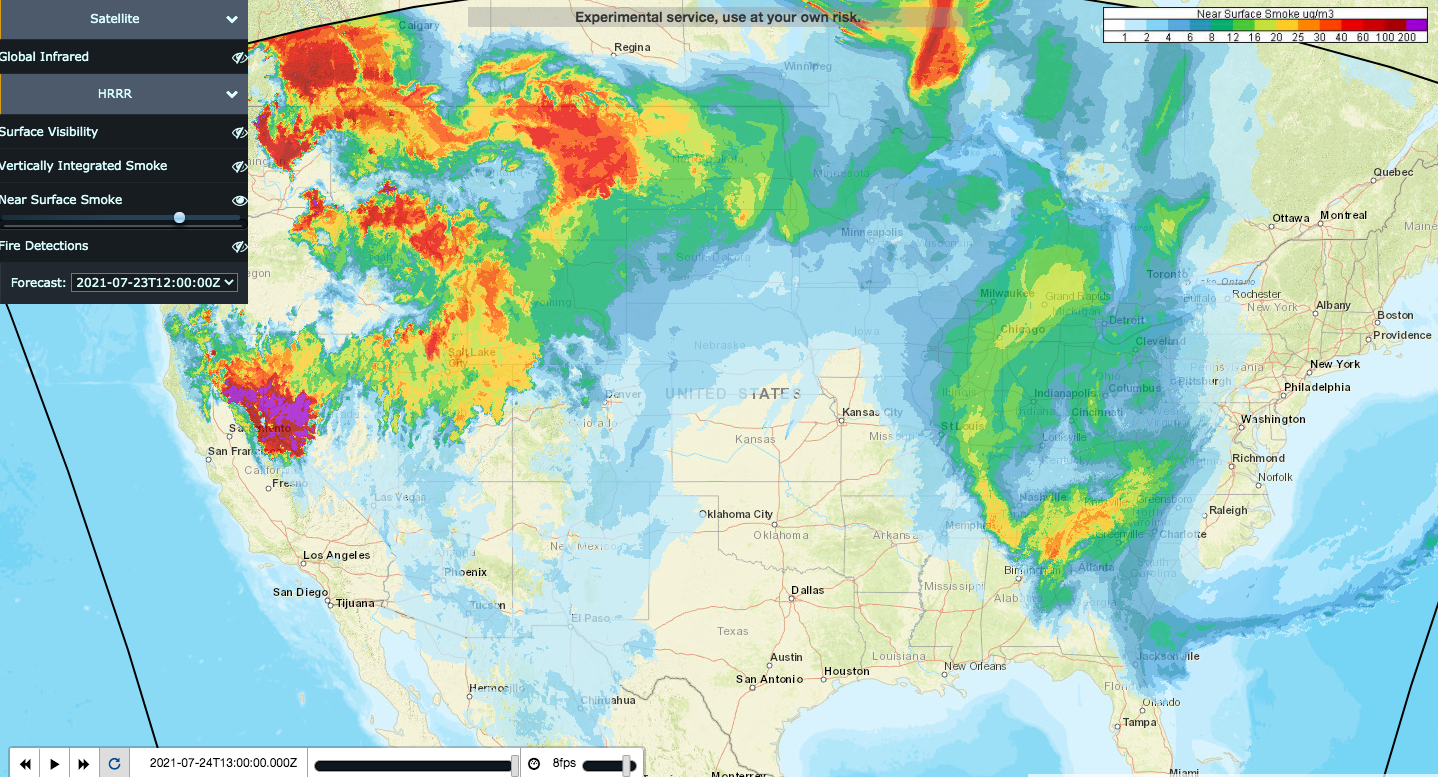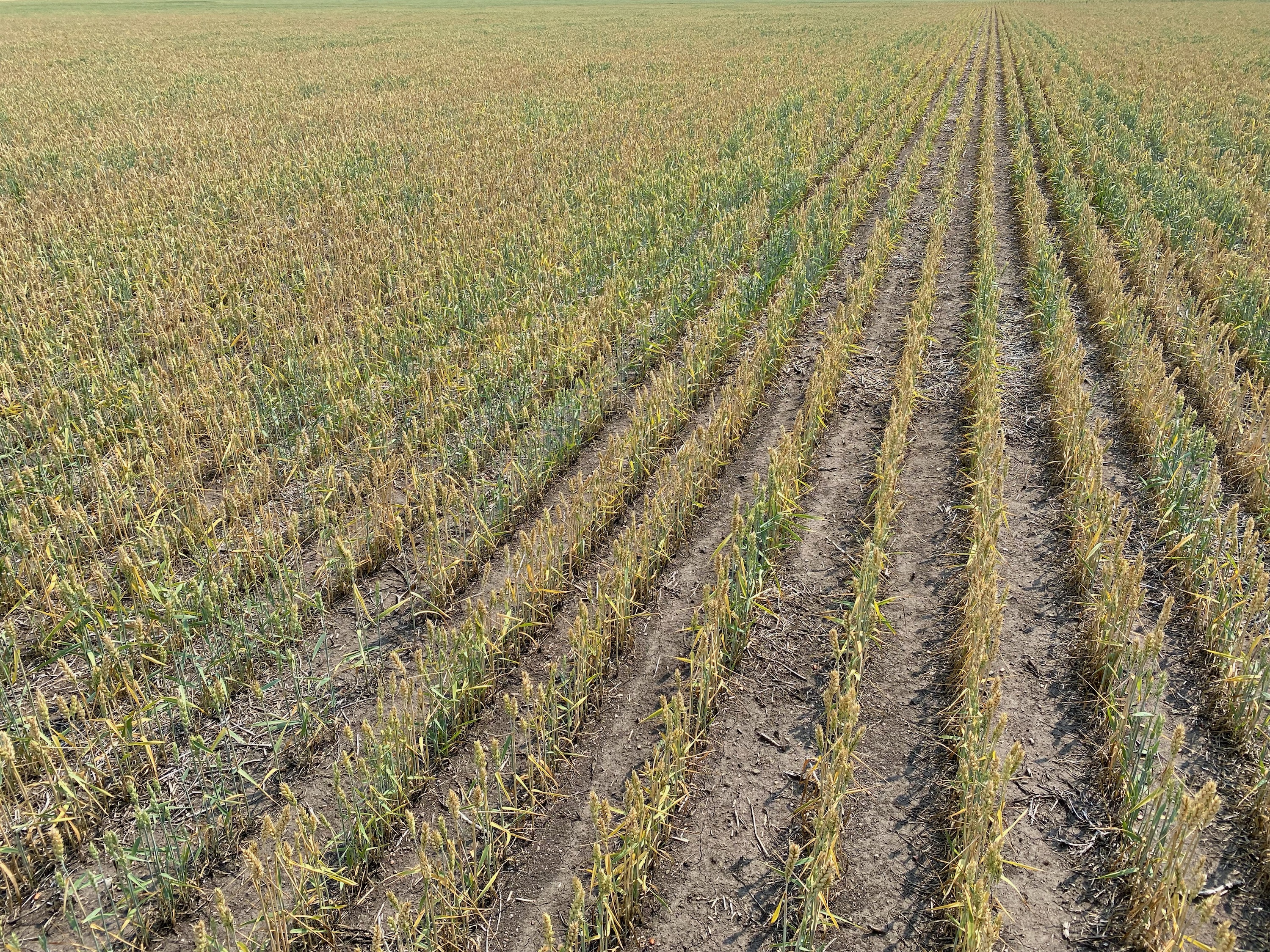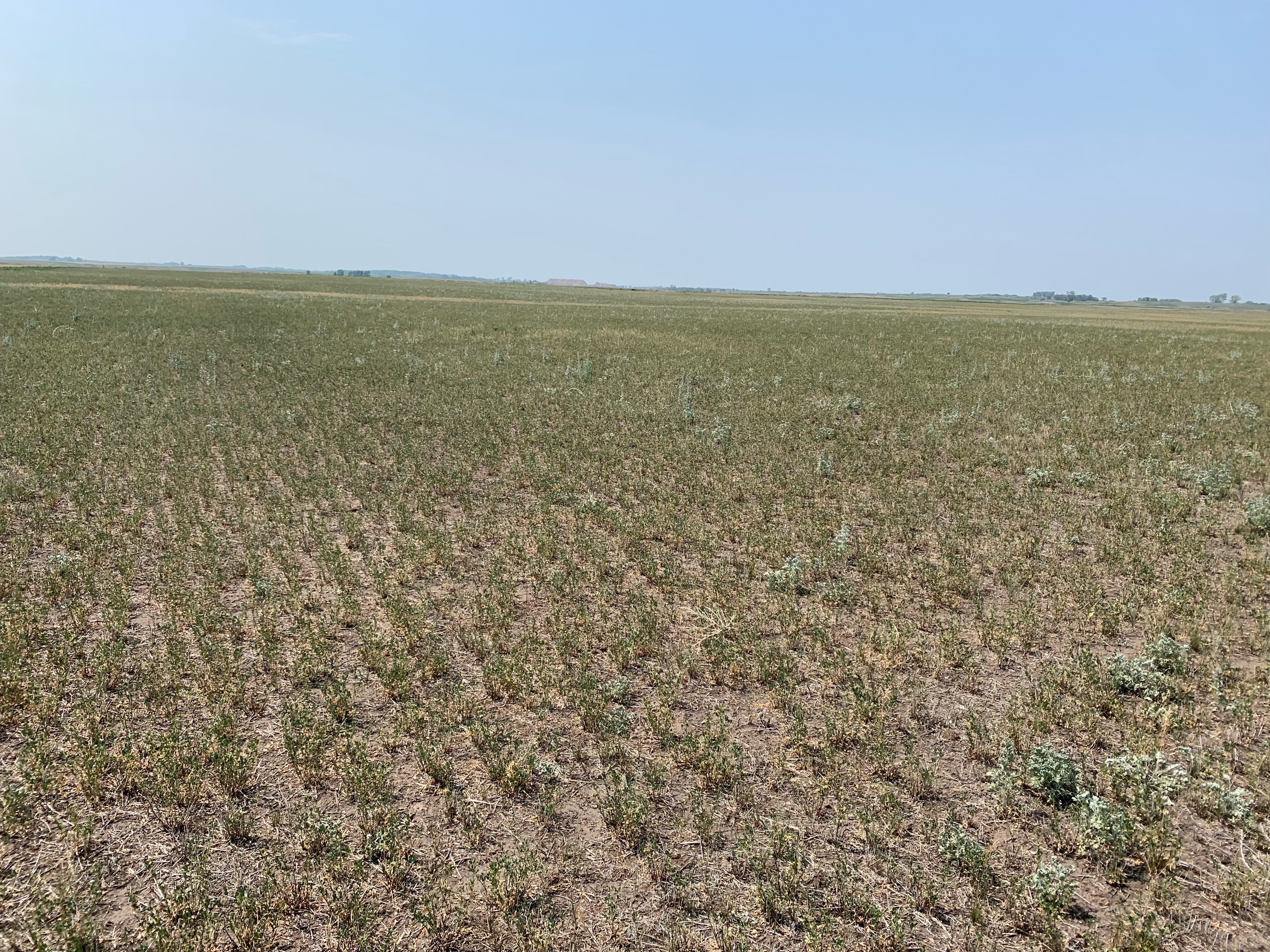Smoke Cover Protecting Some North Dakota Crops, Others Too Fried
Smoke and Crops 072321
As dozens of fires burn in the West and Canada right now, and the smoke is creating a constant haze over much of the country.
The current NOAA map shows smoke is covering the skies all the way to the East Coast in places.

While the smoky haze is a reminder of just how detrimental the wildfire season has already been, it's also creating a layer of protection for the forecasted record heat in areas like North Dakota.
"The first half of this week, particularly where I live in the east central part of the state, there's a lot of smoke and cloud cover compliments of what's going on across the North America for our weather," says Bridgette Readel, an agronomist in North Dakota. "So, that really held back some of the heat. A day that was predicted to be 90 degrees really only turned out to be 83 or 84. And that does help us out a little bit, keep some of that heat stress off that crop as it's trying to mature."
While the haze is protecting some Midwestern crops from the heat, it's a mixed bag for crops like soybeans. The haze is preventing soybeans from seeing sunshine at a key production time, while also saving the crop from the heat.
"It's been good to have a little lower temperatures over here and give that crop a breather," Readel says. "So, we see the corn and the soybeans maturing well, especially where we have a lot of soybeans and flowerings, and so maybe some release from the heat was a good thing for them."
As an agronomist, Readel has seen it all this year in North Dakota. She says in portions of the state, the drought and heat that's already hit this year has been a lethal combination, with crops farther north and west as bad as advertised.
"In the areas where the crop is doing well, it wasn't going to help, no matter if we had cloud cover or not," she adds. "For the western and central parts of the state, though, that crop is pretty much fried no matter what."
The North Dakota agronomist says for the crop on the eastern side of the state that has seen some rain this year, more weekly rains are needed in order for the crop to finish strong.
"Purely my personal opinion, but looking at southeast North Dakota, their crop looks average," Readel says . "I don't think it's all that bad considering some of the areas that have had rain. And it's had a lot of stressors. But, wow, it's surprising what the crop has been able to do and how it's been able to hang on. There's some good looking fields as you south of I-94."
She says the other end of the spectrum is what farmers farther north and west are seeing, with these pictures showing some of the product of the drought.
I have had the opportunity to go to the central part in North Dakota, south of Rugby, that's where the livestock action was selling so many head of cow/calf pairs. It's that bad," says Readel. "We have a lot of producers who have sold off herds. They really if whenever they've kept they don't know how they're going to have enough hay to get through this winter pastures are done."









